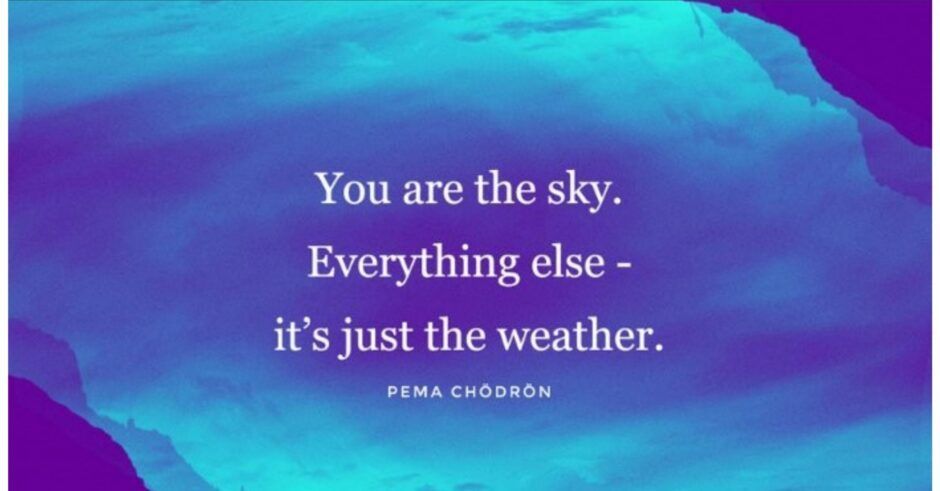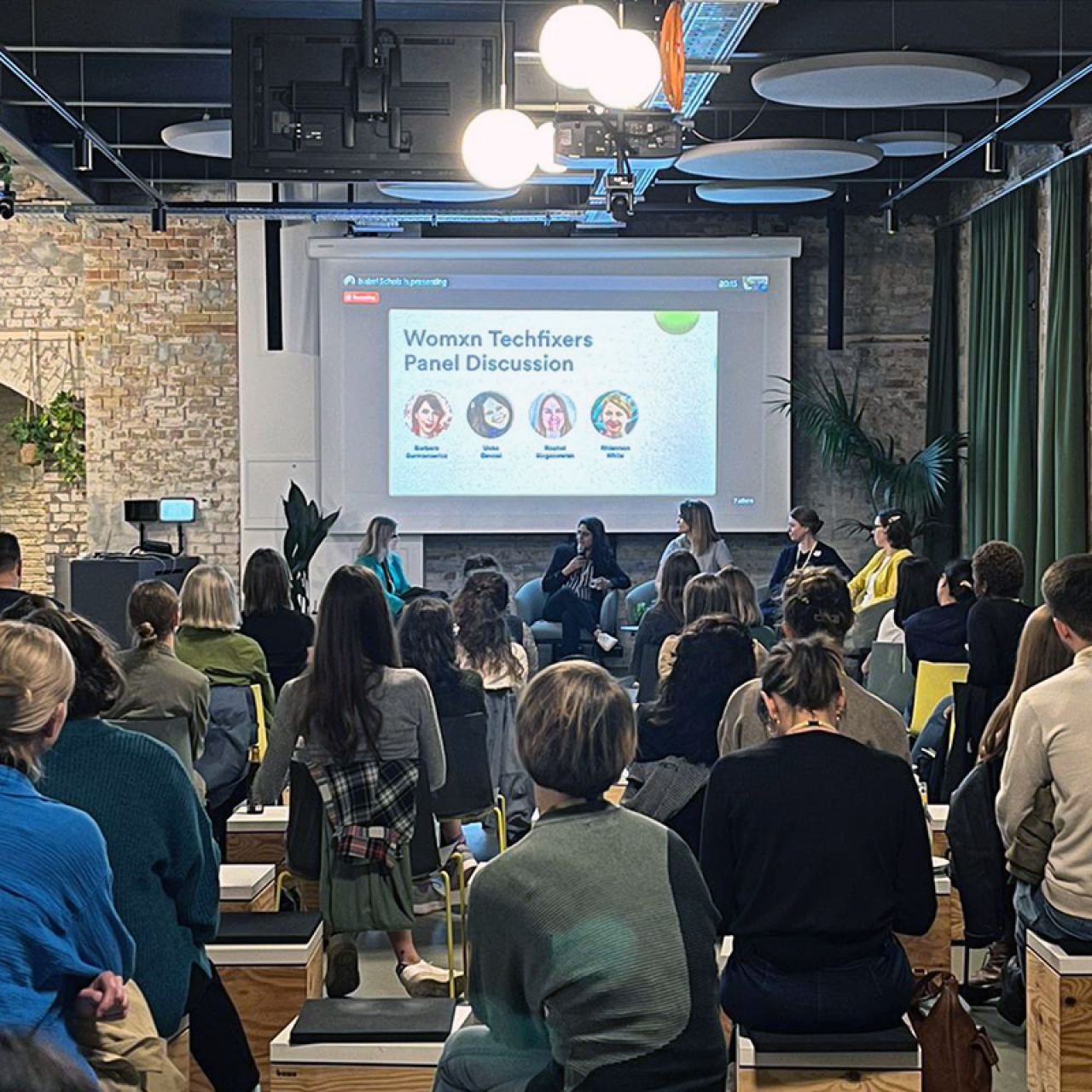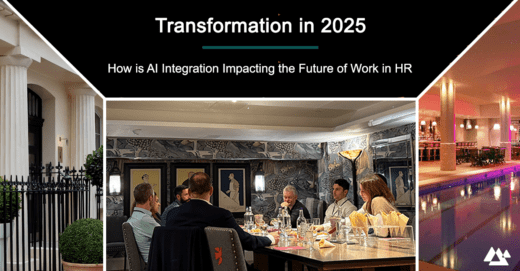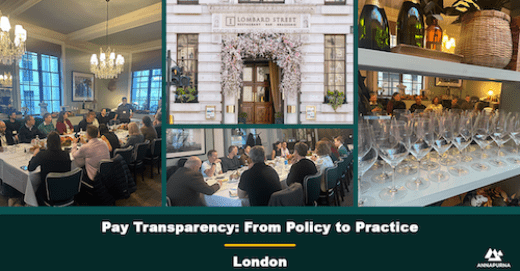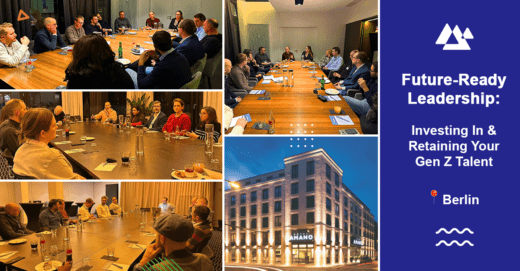Lean Six-Sigma, TQM and Process Improvement will create efficiencies and reduce cycle time, of that there is no doubt.
But these improvement programs are not sustainable, if they are temporary surges in cost reduction and in the absence of a whole systems perspective create downstream costs and hidden costs due to regrettable losses of mission-critical talent and employee engagement issues for those who are not involved directly in the improvement teams.
The change needs to pull together the whole system or it will be a short term illusion.
Even though Lean was drawn from the Toyota Way and TPS (Toyota Production System), Toyota does not apply Lean, they apply what they call “The Way”.
In this article, we will explore the differences, and how learning and continuous improvement culture can be more than an initiative, and become embedded in the culture of the organization.
Most Lean Six-Sigma teams get consumed by a sense of urgency, They rush from the problem into the solving, because that is where the real satisfaction is meant to be, but this is very limiting.
The real satisfaction is in understanding the current reality so deeply that the solution arose seemingly without effort. The point was to address the issues at their root.
Taking quality time to slow down at the front end and being present in the current reality resulted in a simpler and more sustainable solution.
Taking the time to engage and work with others ensured any solution applied in one area would not pass the problem or create a new problem in another area.
Lean is derived from the Toyota Production System (TPS) but lean practices can only be sustained through what the leaders at Toyota called The Way.
The Toyota Way is unconditional respect and continuous improvement.
Respect is more than politeness or being nice. It is a deep mutual respect through presence. It is the engagement and inclusion of all stakeholders through sincere communication, a shared commitment to mutual continuous development.
Continuous improvements are more than applying Lean Six Sigma, Work-Outs or Kaizen events. It is aligning with the shared vision, never-ending learning, going to the root source, presence in the place where the people doing the work can rally and succeed through each other, with respect.
Presence is about ‘keeping it real’ by being fully in the moment. Reality is not always what we assume, or what our manager thinks is going on or what external experts, coaches or consultants tell us.
When we are fully present in the moment, we engage our own deepest capabilities and connect with others by listening without fear or prejudice.
Thích Nhất Hạnh describes presence as letting go of attachment and being free of the struggle to be in control. He speaks of how people find it hard to let go of suffering because they would rather suffer from something familiar than endure the uncertainty that sets them free.
We spend so much of our lives preoccupied with fears, assumptions, projections, consumed by habitual ways of thinking and doing things.
To be present means being fully attuned to all of our senses. For example, what happens when you slow down and are fully present in each mouthful of food as you eat? What happens when you are present in each breath? What happens when you are present with other people. The moment becomes special. It is an awakening.
When I introduce the idea of presence, most leaders get it straight away. If they dismiss it as a fanciful theory or if they say that they are doing it already, we put their theory to the test. We pay attention to what is actually going on in their workplace. We pay attention to where time is really being spent, who is really making which decisions, the way problems are solved, constraints to throughput and relationships and the effects of their measures.
Sometimes we have to slow down to speed up. We need to remove the distractions and noise that consumes our time, to bring latent energy and potential to life.
When leaders go to the source and pay attention, they surface hidden risks, remove constraints, reduce costs, engage people and realize latent potential.
When people are in presence, they are set free from habitual ways of seeing, thinking and doing things. When people realize how they are the biggest barrier to change in their lives, it ignites an intrinsic urgency to do the right thing.
Management guru, Peter Drucker captured the practice of presence in his concept: “Managing By Walking Around” (MBWA).
Presence is at the core of “The Walmart Way”.
“The way management treats the associates is exactly how the associates will then treat the customers”
“Visiting the stores and listening to our folks was one of the most valuable uses of my time as an executive”.
Sam Walton, (Made in America, 1992,
p.164 and p.293)
The practice of presence is at the core of “The HP Way”. This is the style of management pioneered by Bill Hewlett and Dave Packard.
Knowing he would not be returning as he only had days to live, Steve Jobs final words to Apple’s Board of Directors was that his legacy would not be the iMac, iPod, iPhone or iPad, it would be Apple’s culture.
He told the Board that had modelled “The Apple Way” on the “The HP Way”.
He explained how The HP Way got lost soon after Hewlett and Packard died, because “the bozo’s took over.” Jobs final appeal to the Apple Board, knowing this would be his last statement to them was this:
“Whatever you do, don’t let the bozo’s in. Protect Apple’s culture. Protect the Apple Way at all costs because that is my legacy. Everything else can be copied. Everything else is replaceable.”
The most profound sense of urgency arises out of presence. Creating urgency for the sake of urgency or being forced to do things out of fear or obedience risks creating pressure that forces us to rush past the intuitive and gloss over what is really going on by reinforcing only what we already think or believe.
Presence is awareness, vigilance, attention and effortless concentration, it is realized through the ease of detachment and self-acceptance.
Peter Senge and the co-authors of the book “Presence: Exploring profound change in people, organizations and society” (2005) – describe presence as 7 disciplines that begin with stepping free from the safety of our habits, allowing knowledge (both from within and around us) to surface and culminates in creating the future.
We all know presence. It is when we are at perfect ease with a person, a situation or challenge. When we let go of pushing or wanting. When we surrender our ego and suspend our assumptions, truly listen, observe and learn with a beginners mind. Presence occurs when we allow what is going on to come to us.
Being present in the market, to truly understand how customers think and what they need but cannot express, allows leaders to see subtle trends, patterns and unimagined needs that big data analytics can miss.
Presence is at the root of non-judgemental listening, holding authentic conversations, engaging in open two-way feedback and effective measurement.
In the most intense conflict or negotiation, it is the person who keeps their cool, maintains a sense of both what is going on and what needs to be done, who perseveres.
A great example of presence is in boxing, martial arts and combat sports.
Professional boxers apply presence to attune to the person they are fighting with, their sense of presence allows them to time both their defence and attack and get the desired result with the least effort.
It is fashionable to ‘be hard’ to have ‘an edge’ as this is confused with being business-like and professional, but when we are unaware of the subtle ways in which we see and think, we risk being so hard that we become fragile.
Presence is applied in The Toyota Way through the concept of “Genchi Genbutsu” or “Gemba”. This means leaders need to leave the safety of their desks and meeting rooms, and be fully present at the source, to learn first hand from the way work is actually happening.
Have you ever been physically present, but your mind and heart was elsewhere? Have you ever been in a conversation but not really listening. You are physically there, but you are not present. When we go into autopilot, mistakes are made and opportunities for learning and growth are missed.
Studies have shown how thousands of lives are lost each year due to medical errors. The most common cause of medical errors is not because doctors do not possess the required knowledge or experience. The majority of medical errors occur because the doctors were mentally and physically tired, they have diagnosed the same problem so many times, they fail to see the exception or uniqueness of a patient. They fall into habitual ways of thinking. They are not present in their work.
Chances are we have already lost or will lose a loved one to a medical error but we will never know because, for legal reasons, medical errors are never shown as a cause on a death certificate. Presence matters more than people know.
We developed training for doctors and nurses, to help them overcome burn-out, mental fatigue and create ways to be present at the moment. Ironically, part of this was changing their sleeping, dietary and exercise because the caring profession needs to take care of themselves if they are to take care of us.
The training helped doctors and nurses to examine their own work routines and diagnostic habits. Teaching them how to meditate addressed stress and anxiety. It was also important to take them back to their original purpose, to the excitement they felt when they first qualified as a health practitioner, returning to the ‘beginners mind’.
The other extreme from being absent minded is when we become so focused that we tense up. We are so afraid of losing control that we become what we fear, we end up losing control.
Have you ever gone to an interview for a job, you wanted the job so badly that you got nervous and ruined your own chances?
Have you ever been in an argument with a loved one, and you wanted to fix the problem so badly that you lost control and either got angry or said something that you regretted?
We lose our sense of presence when we go into auto-pilot or when we try too hard for our own good.
Presence is radical honesty. Being true to who we are. Presence is fearless, unconditional self-acceptance.
Presence shapes results. Results renew presence. Only our fear of what we are truly capable of gets in the way.
This is The Way.

